-
Govind Bhawan,Kolkata - 700001
Govind Bhawan,Kolkata - 700001

Understanding the termite life cycle is key to protecting your home. Discover insights from One of the Best Pest Control Companies in Kolkata to help prevent infestations before they start.
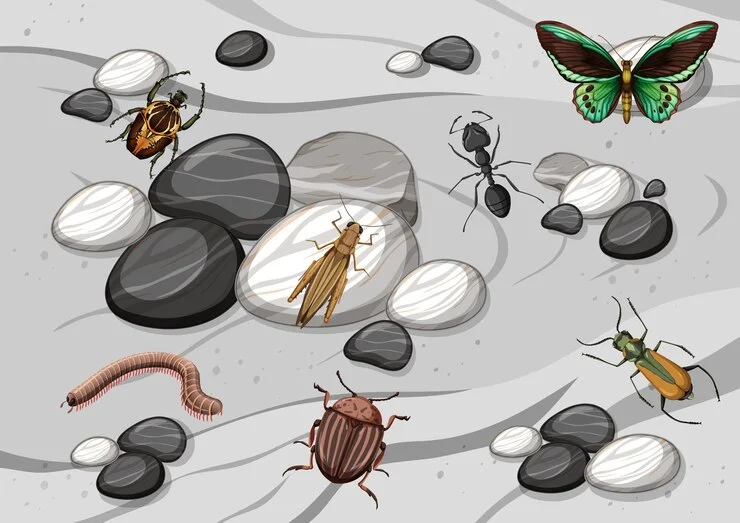
One of the most destructive pests for homeowners, termites, also called “silent destroyers,” can quietly damage your home’s structure with costly repairs. Understanding their life cycle is one of the most important first steps to termite prevention and control. When you learn about how termites grow, reproduce, and thrive, you can do a better job of identifying signs of infestation and prepare proactive measures that protect your home.
The life cycle of termites may teach you better when and how the termites will invade and destroy your home. Every stage from egg to adult maturity plays its part in their ability to proliferate and destroy. Once you know about each of their stages, you understand at what stage they will be most vulnerable and where they hide. You can solve termite problems early by making use of the information provided above with the help of pest control companies like the Best Pest Control Company in Kolkata.

The termite life cycle begins with the queen termite laying eggs. A queen termite can lay thousands of eggs in her lifetime, and the colony expands with speed. In ideal conditions, termite eggs hatch within just a few weeks, thus starting the life cycle.
Eggs are generally deposited in very secluded areas, making them difficult to notice. Early detection of breeding sites is important for control.
Engage a professional pest control service to conduct regular inspections to detect and treat possible breeding areas before it becomes a full infestation.
When the eggs hatch, the young termites go through the nymph stage. During this phase, nymphs start to molt – that is, shed their exoskeletons – as they grow. Nymphs molt several times until they develop their final form, at which time they start assuming specific roles in the colony.
The nymph stage is significant because the nymphs will be the seed of colony growth. At maturity, they are assigned to a caste position of worker, soldier, or reproductive.
Detection of termite nymphs at an early stage will aid in preventing the rapid spread of the colony.
When nymphs fully mature, they attain specific roles in the termite caste system—the survival and growth of the colony depend on it.
These termites forage and are responsible for feeding. They feed on wood and cellulose, making them the major cause of structural damage.
Provided with larger jaws, soldier termites protect their colony from threats, mainly predators such as ants.
These are the swarmers, or alates, who will eventually leave the colony to start new colonies.
Worker termites are the ones that actively eat through wooden structures, causing damage. Their ongoing feeding can silently compromise the structural integrity of your home.
Pest control experts, such as the Best Pest Control Company in Kolkata, know how to identify and control each termite caste, thereby effectively targeting the colony’s most vulnerable points.
Swarming is the most imperative part of the termite life cycle. During the warmer seasons, swarmers—the reproductive termites—like to leave the colony and find their new colonies. This is usually when a homeowner becomes conscious about the presence of termites because swarmers are visible, and they might leave some wings.
Swarming usually happens between spring and summer; however, this can shift according to climate.
Upon spotting swarmers or their wings in your home, it is a sure indicator of an infestation elsewhere nearby. Contact pest control professionals to inspect the site immediately.
Each stage in a termite’s life cycle contributes uniquely to the destructive ability of a colony:
Detecting termites early is key to preventing serious damage. Here are some signs of termite presence:
Termites build mud tubes to travel between their nests and food sources while staying protected from open air.
Seeing swarmers around your property, especially near doors and windows, indicates a nearby colony.
Often, termites eat from the inside of the wood until only an empty shell is left. Tapping into a hollow wall or floor is often a good indication of an infestation.
Drywood termites deposit frass, small pellets of droppings that can be found around the area being infested.
Prevention of termites requires vigilance and proactive measures. Here are a few tips to help you prevent termite infestations:
Termites require moisture, so it is crucial to repair any leaking pipes and ensure that the crawl spaces are well ventilated.
Professional companies providing pest control services can detect the initial symptoms of a termite infestation by carrying out inspections every year or bi-annually.
Keep firewood as well as other wood away from the foundation of your house.
There should be no cracks in the house foundation or gaps in the exterior of your home which can become a pathway for pests.
Professional pest control companies, such as Pestonix, the Best Pest Control Company in Kolkata, can be very useful in servicing and eliminating termite colonies:
Experts check every nook and cranny to determine any potential vulnerabilities and possible presence of termites.
Depending upon inspection results, soil treatment, wood treatment, or bait systems can be used in a customized treatment plan.
Being obstinate, termites are to be checked frequently along with monitoring for long-term elimination of termites from your premise.
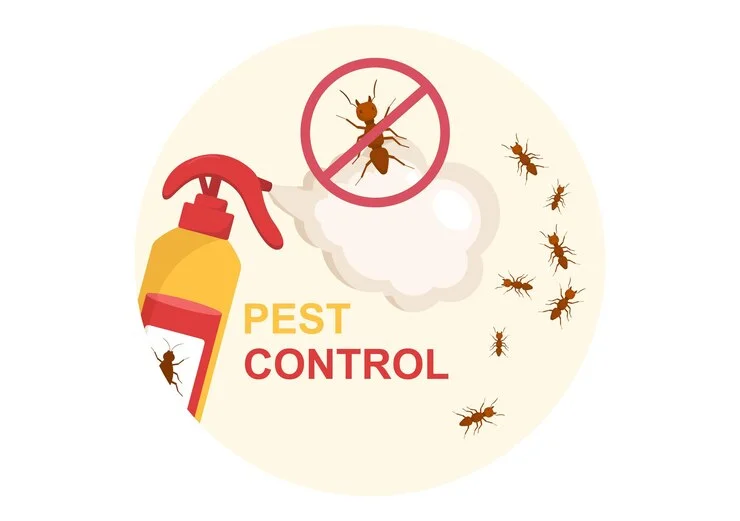
A: Mud tubes, hollowness in wood, and wings of swarmers are some common signs of an infestation; however, a professional often detects the infestation during inspection early.
A: Inspection should be done at least once annually. Depending upon the high risk factor, biannual inspections may be performed.
A: Termites are most active in warmer months, particularly during swarming season, which can vary depending on your location.
A: Each stage contributes differently to colony growth and potential damage. Worker termites are the primary culprits in structural damage, while swarmers expand the colony.
A: Minor prevention can be assisted using do-it-yourself methods, while well-established infestations usually require professional treatment to allow full eradication.
It is, therefore, very important to gain an understanding of the termite life cycle to prevent and rectify infestations at an early stage before they become severe. Recognition of what to look for in each stage—from egg to swarmer—gives you an opportunity to be proactive in termite prevention. Partnering with experts such as the Best Pest Control Company in Kolkata will help you to undergo targeted control methods, give you peace of mind, and ensure your home remains safe.
For total termite control, an integrated approach involving routine inspection, moisture management, and professional intervention is important to ensure that your property remains safe and secure from those “silent destroyers.”
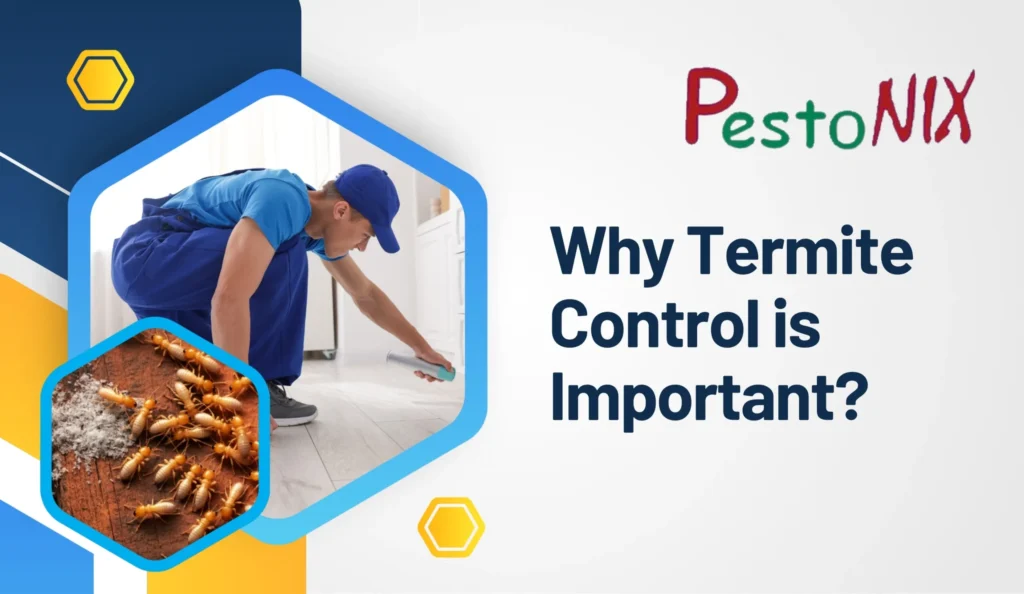
30.10.2025
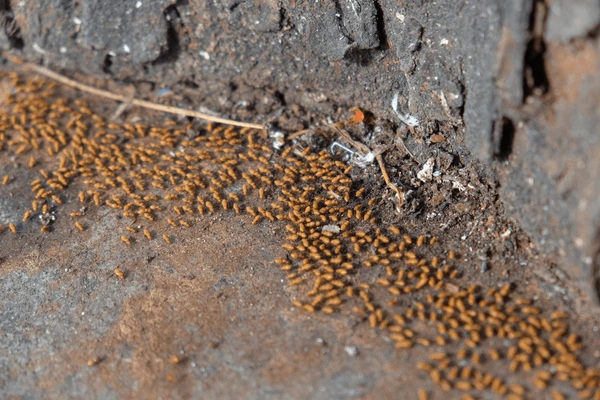
27.10.2025
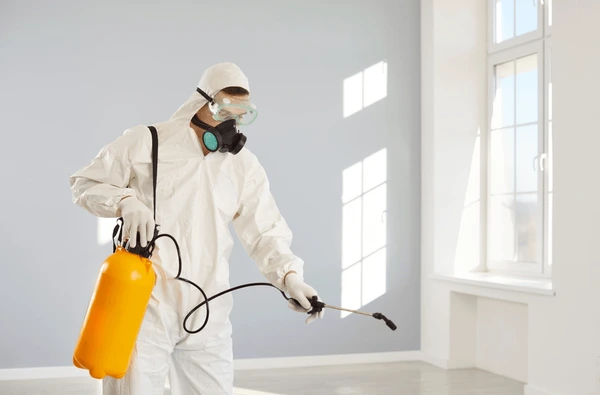
15.10.2025
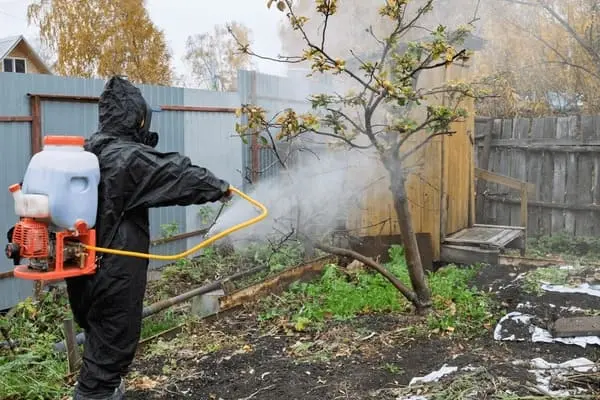
10.10.2025